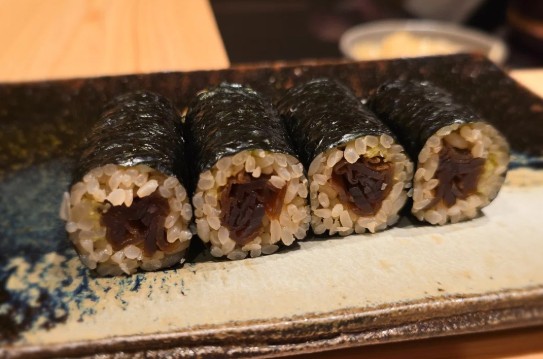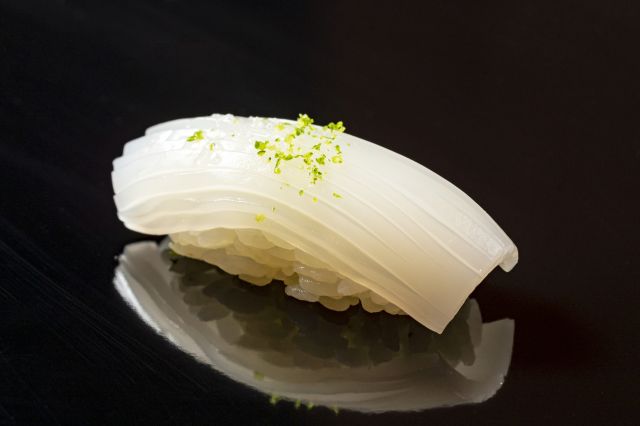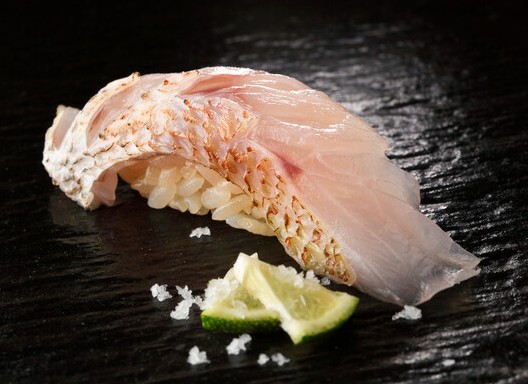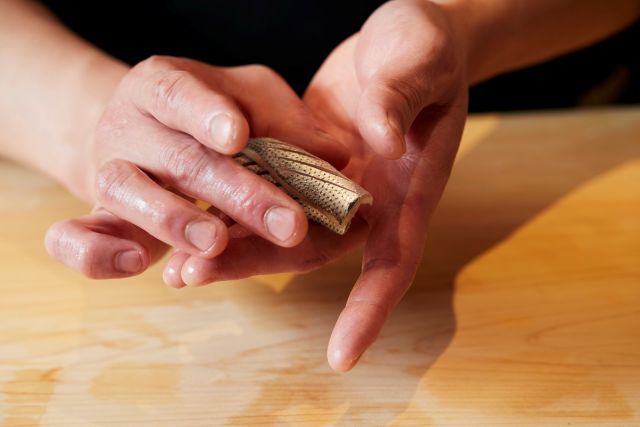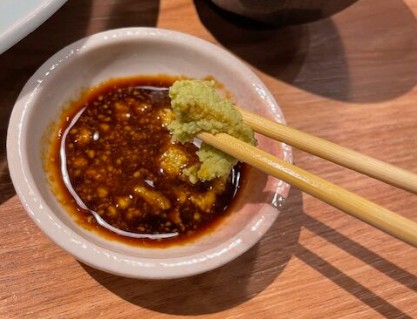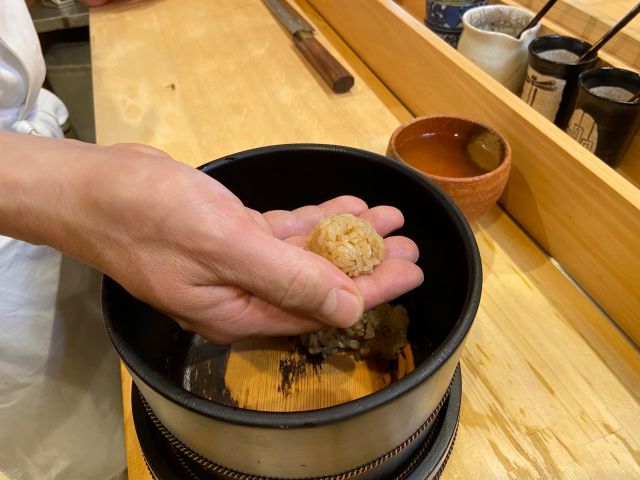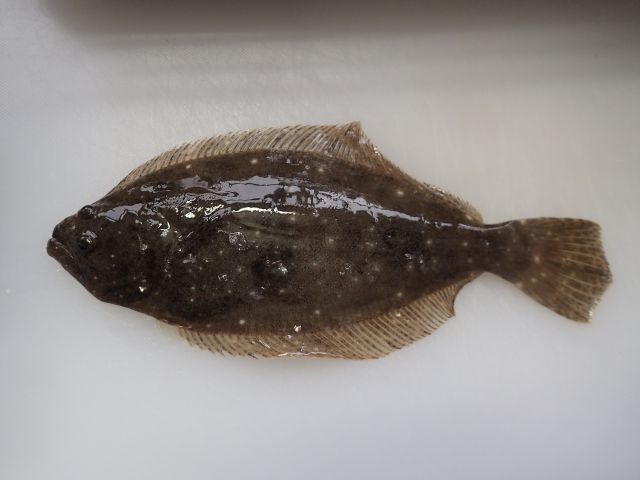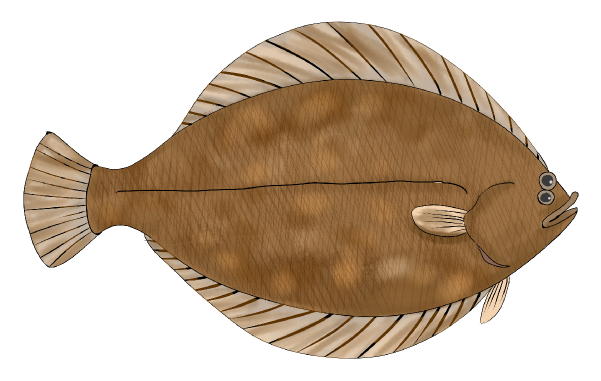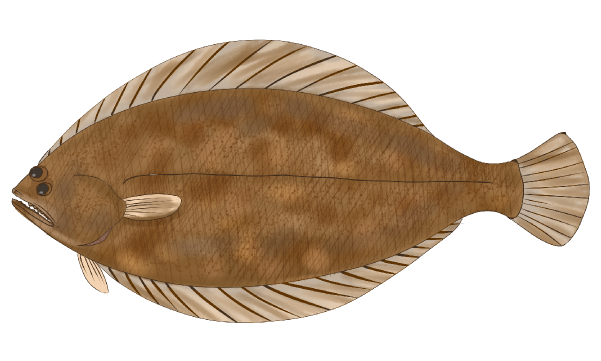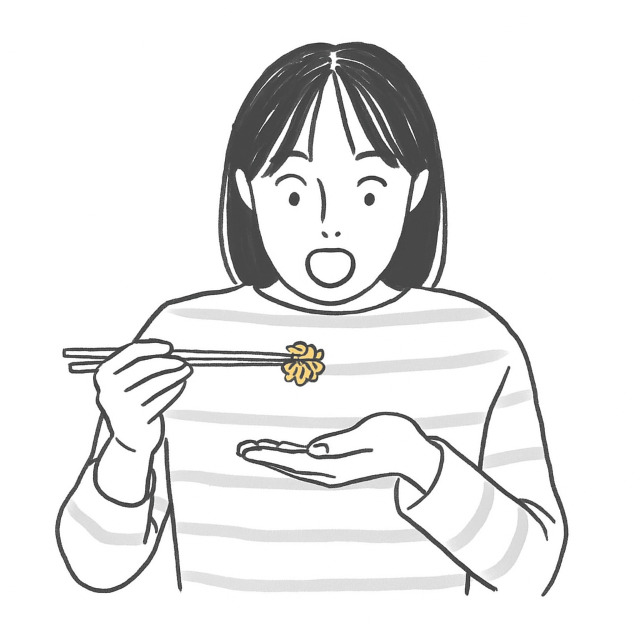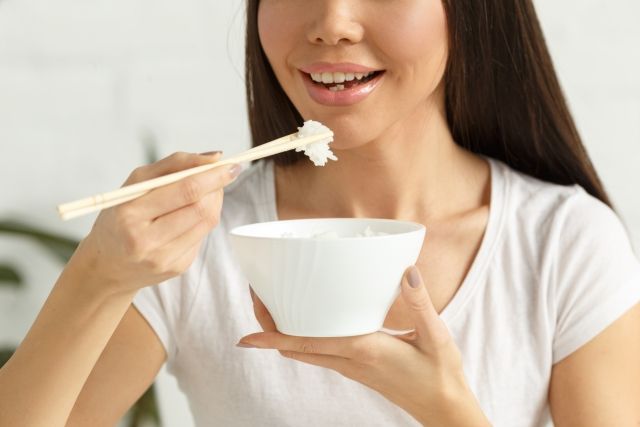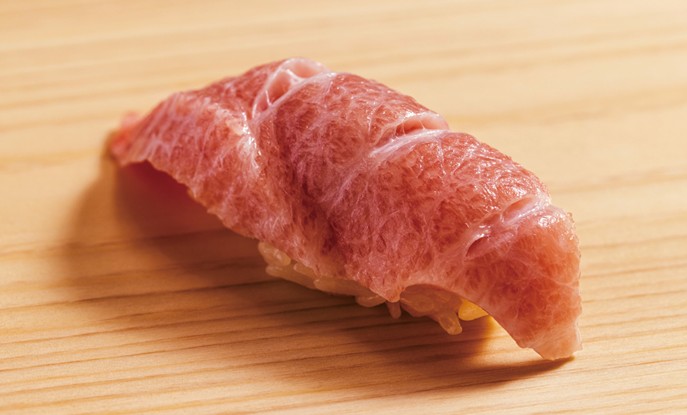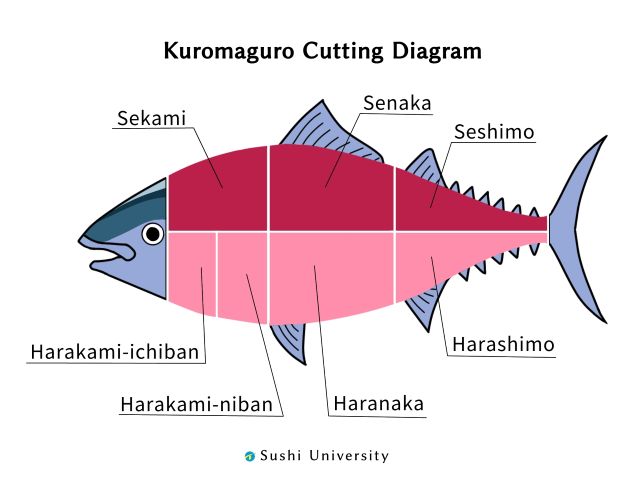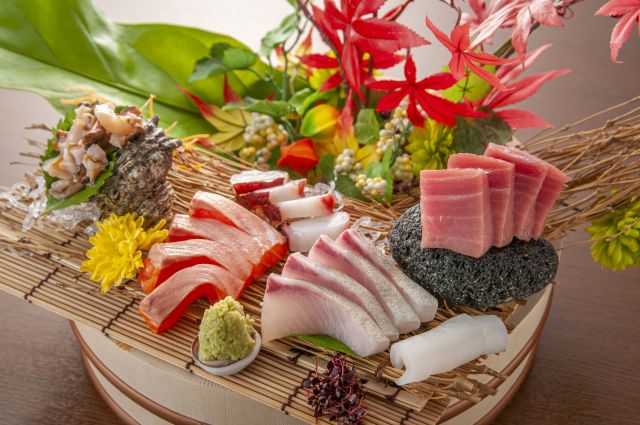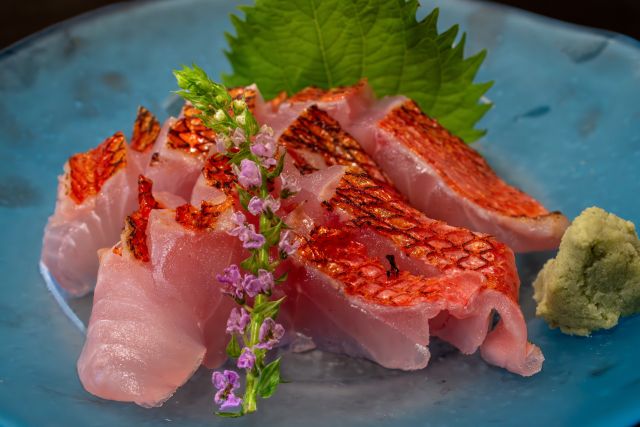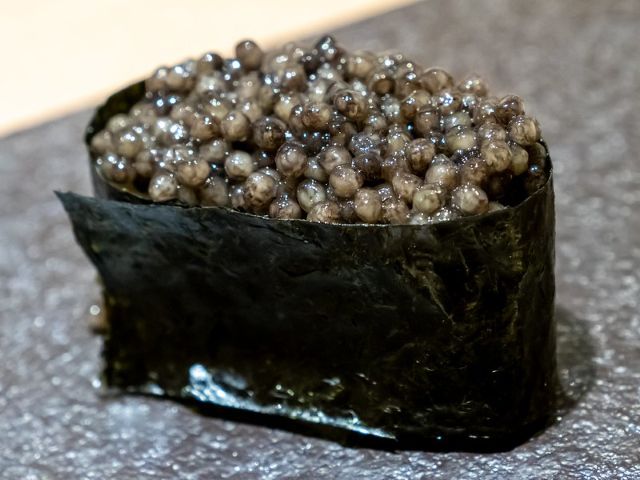
In cities like Dubai, New York, and Paris, sushi topped with luxury ingredients such as caviar is often showcased in an eye-catching way, and it’s not unusual to see mentaiko adding a pop of color at conveyor-belt sushi chains. However, in traditional Japanese sushi restaurants, such toppings are rarely used. Five overlapping factors explain this: cultural distance, preparation techniques, flavor structure, flavor harmony, and the pride of the craftsman.
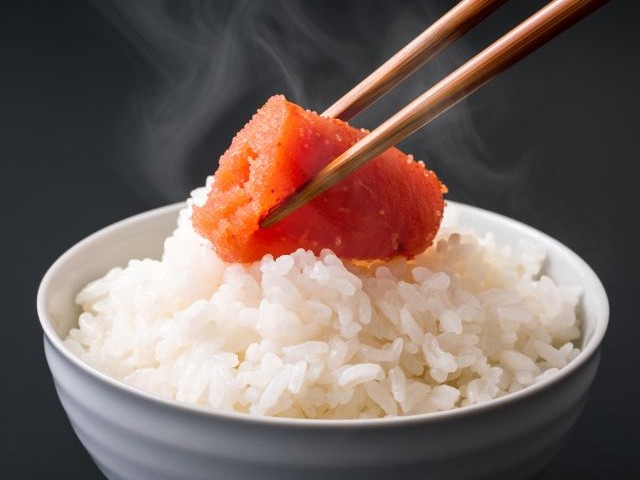
Caviar is part of Russian culinary culture, while mentaiko originates in Korea; neither is traditionally associated with Japanese cuisine. This cultural gap is at the heart of why sushi chefs find them difficult to work with as nigiri toppings. In fact, chefs generally avoid unfamiliar ingredients, so it’s only natural that they wouldn’t use ingredients that don’t come from their own country.
Next, sushi restaurants have a meticulous system for preparing fish into nigiri, with chefs developing the flavor throughout the entire process. For example, when preparing salmon roe (ikura), the individual steps include separating the roe sacs, rinsing them in saltwater, and adjusting the shape and firmness of each grain. Even with sea urchin, the chef’s judgment is crucial for managing freshness and moisture. In contrast, caviar and mentaiko are already processed, with their flavor set through salting, leaving little room for chefs to enhance them further. Because these ingredients don’t involve the hands-on preparation unique to sushi, they are rarely featured as the centerpiece of nigiri.
From a flavor-structure perspective, they also don’t pair well with nigiri. Nigiri relies on a balance of flavors in the mouth: the acidity of the vinegared rice, the umami of the seafood, and the clean finish from soy sauce and wasabi. The strong saltiness of caviar or the spicy kick of mentaiko can easily overpower the rice and fish, diminishing the enjoyment of their aroma and lingering aftertaste.
Furthermore, achieving harmony with the Japanese flavors—nori, wasabi, and soy sauce—that define sushi is challenging. Caviar and mentaiko have flavors that are already very strong and complete, leaving little room for the “umami-enhancing” effect of Japanese seasonings to shine. In other words, their dominant flavors take over before the umami can come through, preventing the fish’s natural umami and overall balance from being fully appreciated. While such toppings might work in fusion sushi, they are difficult to integrate into the mainstream of traditional nigiri.
Finally, the most essential aspect of a sushi chef’s work starts with discerning quality at the market and continues through the preparation process that brings out the fish’s full potential. In a world where flavor is believed to be perfected through human touch, finished products like caviar and mentaiko fall outside the scope of a sushi restaurant’s craft. Except for a very small number of chefs who use them purely as social media–friendly props, they are rarely used. Against this backdrop, five overlapping perspectives—cultural context, preparation techniques, flavor structure, harmony of flavors, and the pride of the artisan—help explain why these ingredients have not become mainstream in traditional nigiri.
Related contents:
Does it take more than 10 years of training to become a sushi chef?
